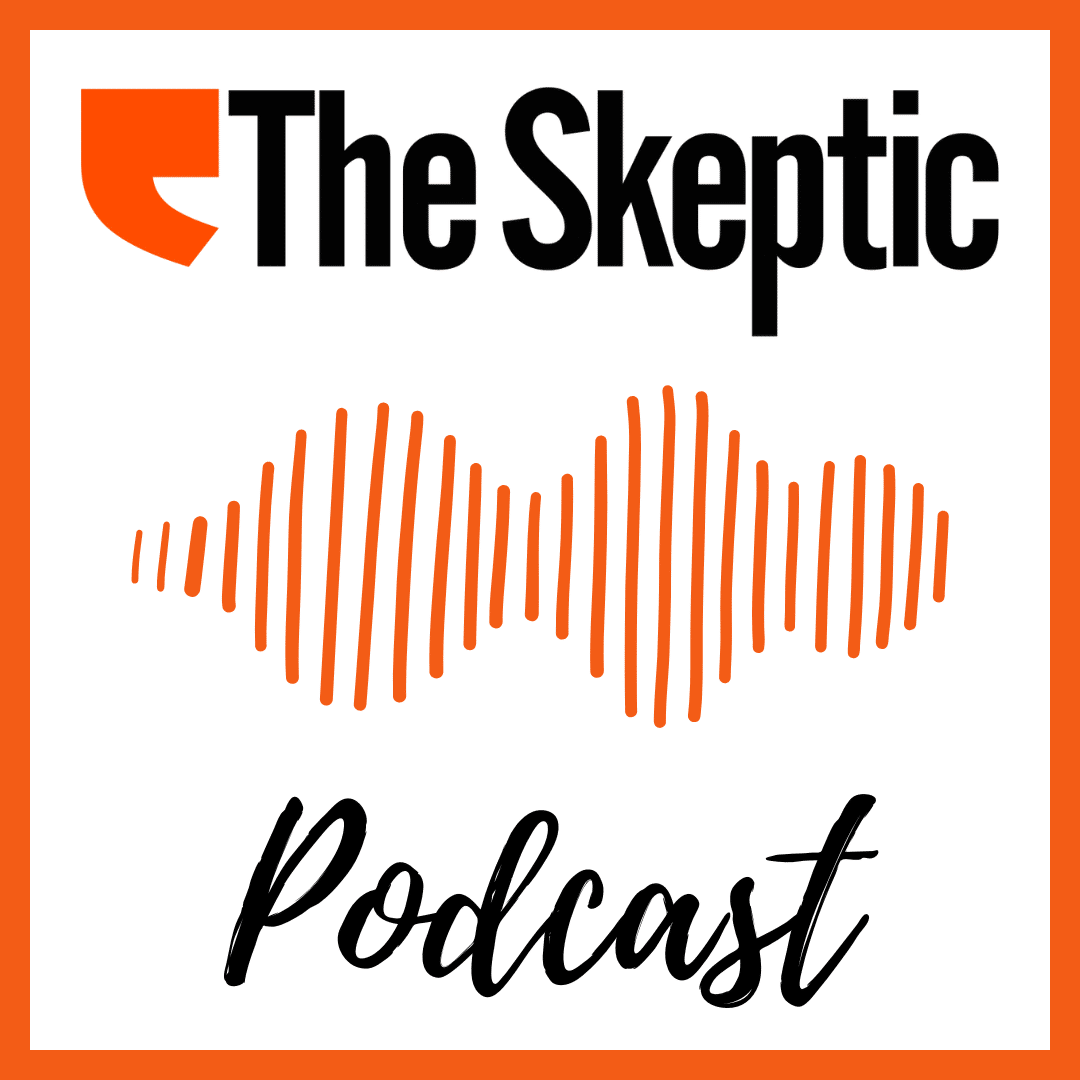In 1919, Frederick Bligh Bond, commonly referred to as Bligh, published The Gates of Remembrance in which he claimed that his successful excavation of Glastonbury Abbey had been guided by information provided by dead monks using the technique of automatic writing.
Automatic writing has long been used by occultists as an alleged method of communication with spirits. It usually involves the writer holding a pen out of sight, in contact with a sheet of paper. A deliberate effort is made to direct attention elsewhere. At the end of a successful session, the paper may be covered with words and pictures even though the writer reports having had no awareness whatsoever of moving the pen.
Bligh had discovered that he got the best results when his collaborator, medium John Allan Bartlett (also known as John Alleyne) held the pen while Bligh rested his fingers on the back of his collaborator’s hand.
Spiritualists are convinced that the messages produced are from beyond the grave, whereas most sceptics believe they are the produced as a result of the ideomotor effect; that is, unconscious muscular movements on the part of the writer. The ideomotor effect also provides a plausible explanation for a number of other controversial phenomena including Ouija boards, dowsing, table-tilting, and facilitated communication.
In the first part of this article, I described Bligh’s controversial claims and the criticisms directed at those claims by sceptics. Essentially, the critics pointed out that the automatic writing sessions had not produced any useful new information. It was far more likely that the excavations had been based upon information that Bligh and Bartlett had already been exposed to during their many years of study relating to the Abbey, combined with clues visible on the surface at the site.
In the second part of this article I addressed the question of whether or not the two men were possibly deliberate hoaxers as opposed to genuinely believing that they were not responsible for the movement of the pen during their automatic writing sessions. In particular, I described an ingenious study by the late Dan Wegner and colleagues that provides strong support for the idea that the two may genuinely have believed that the pen was being moved by spirits.
In this final instalment, I want to address one other piece of the puzzle which has yet to be solved. Why did Bligh and Bartlett not realise that they already knew, or could reasonably have guessed, all of the information provided via automatic writing? A study reported by Hélène Gauchou, Ronald Rensink, and Sidney Fels of the University of British Columbia in 2012 may provide some insight.
Gauchou and colleagues wanted to know if ideomotor actions provided a means to access what they referred to as “implicit long-term semantic memory” (Gauchou, Rensink, & Fels, 2012, p. 977) – or, to put it more simply, “stuff we know without knowing that we know it”. The concept of implicit memory is well-established and can be demonstrated in a wide variety of different ways. To give but one example, people will solve anagrams more quickly if they are presented with the solution words in an ostensibly unrelated context prior to being tested – even if they have no conscious memory of those words ever having been presented at all. There is no doubt at all that each and every one of us knows more than we know we know!
Gauchou and colleagues had participants answer a series of yes/no questions (eg “Is Buenos Aires the capital of Brazil?”) either using what they called “volitional report” or via an ideomotor response. When responding using volitional report, participants simply read the questions on a computer monitor and clicked on “yes” or “no” to indicate their response.
The set-up for responding via ideomotor action was slightly more complicated. For this, a standard Ouija board and planchette were used and participants were asked to work in pairs. As you may have guessed, one of the pair was, in fact, a confederate working with the experimenters. The pair faced each other with the Ouija board on the table between them. The board, in addition to numbers and letters, bore the words “yes” and “no” in the left and right top corner respectively from the point of view of the genuine participant.
Prior to a training phase, the following instructions were read to the pair (Gauchou, Rensink, & Fels, 2012, p. 982):
I will read a question. Please listen carefully to the question and then place the tip of your right and left forefingers very lightly on the planchette. You will have to keep your arms held out; do not let them rest on the table or up against your torso. Your task is to do nothing but wait until the planchette starts moving. When the planchette moves just follow the movement. Please do not try to initiate the movement or modify the trajectory. I will let you know when you can remove your hands from the planchette.
The pair were then presented with a few simple practice questions. If no movement occurred after the first two questions, the confederate would deliberately move the planchette. The practice session ensured that the participant became familiar with the positions of the “yes” and “no” area on the board and also experienced the movement of the planchette. The final set of instructions was then presented (Gauchou, Rensink, & Fels, 2012, p. 982):
Now the task will be exactly the same but you will have to wear a blindfold. I will read the question and then I will place your fingers on the planchette. Remember that your task is only to follow the planchette. Do not try to initiate the movement or modify the trajectory.
As you may well have guessed, once the genuine participant had been blindfolded, the confederate removed her blindfold and simply pretended to be taking part without ever actually touching the planchette again. All of the genuine participants reported that they never initiated the movement of the planchette, they only followed it. Some were even convinced that the confederate was deliberately pushing the planchette because it seemed to be moving too well!
The more surprising result from this study is revealed when we consider the accuracy of responses produced by the two different modes of responding. In the words of the authors (Gauchou et al., 2012, p. 976), “Results show that when participants believed they knew the answer, responses in the two modalities were similar. But when they believed they were guessing, accuracy was at chance for volitional report (50%), but significantly higher for Ouija response (65%).” In other words, it appears that ideomotor actions may allow us to access information that we did not know we possessed.
Considering Bligh and Bartlett’s claims in light of these results, it is plausible to suggest that the pair genuinely felt as if they were receiving new information even if, in fact, this was information that they had already encountered during their many years of study. Given the vast amount of information on Glastonbury Abbey that they would have encountered over this period, it is not surprising that some of it was no longer accessible to consciousness as explicit memory even it was still in existence in the form of implicit memory. Note that such reasoning can be applied to many other anecdotes in which someone claims that veridical, previously unknown, information was received via the Ouija board, automatic writing, dowsing, or facilitated communication.
Dorothy L. Sayers described Frederick Bligh Bond as follows (Hopkinson-Ball, 2007, p. 107):
He is the oddest little gentleman, very mild and inoffensive in manner – just like a bird to look at, and he sits and talks about the 4th dimension, and the mathematical relation of form to colour, till you don’t know if you are on your head or your heels. In practical matters he is rather helpless – and very amusing about his spooks, who really are rather wonderful.
Bligh certainly sounds like an eccentric personality but in my opinion, for what it’s worth, I think he was totally sincere in his claims.



